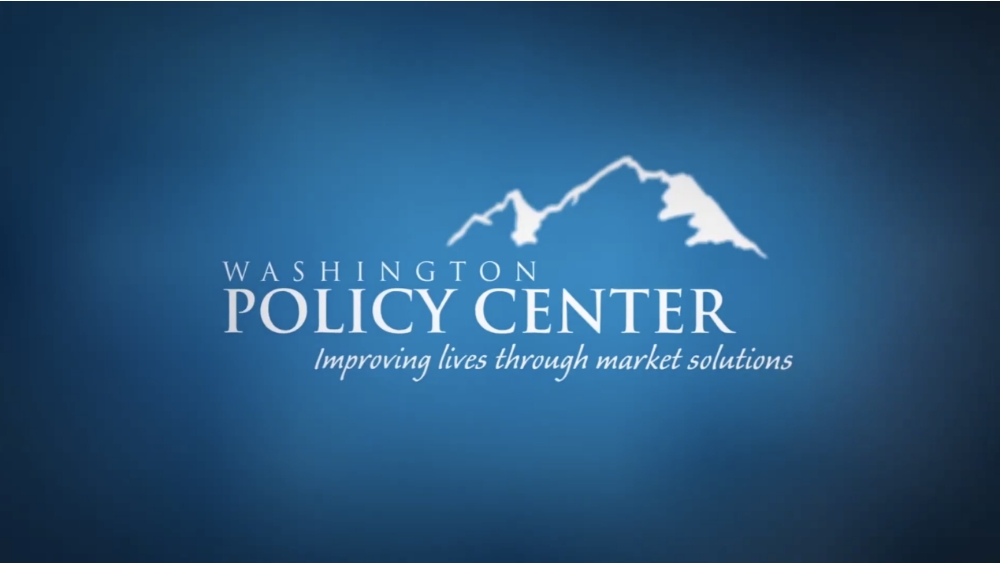Key Findings
- Innovative leaders in education are using new digital learning tools and methods to enhance the capacity of teachers to help individual students learn.
- The flexibility of the charter school model has proven to be a fertile ground for the development of innovative new uses of digital tools and methods in education.
- Students in these innovative charter public and private schools spend part of the day learning from a computer or online program and the rest of the day learning from a teacher.
- Washington’s new charter school law allows educators the flexibility they need to deliver new digital learning techniques to Washington’s students.
- Charter public schools and private schools using new digital learning techniques have shown dramatic improvements in student learning.
- Schools using these new techniques offer longer school days, small group instruction, reduced class sizes, lower instructional burdens on teachers, increased teacher pay, improved teacher training, and sustainable school budgets.
- The lesson provided to all involved is that the flexible integration of digital and online tools into school programs can improve the academic achievement of students from all backgrounds, while enhancing teaching and utilizing limited public education funding.
Innovative leaders in public and private education are using new digital and online technology to create flexibility in teaching and improve learning for students. Often referred to as “blended learning,” students in these schools rotate between lessons on a computer or online program and face-to-face instruction with a teacher. Using the computer to deliver some instruction frees teachers to work with small groups of students and to provide more one-on-one instruction.
Teachers in Washington’s 2,300 traditional public schools are often blocked from using digital learning by bureaucratic restraints and union work rules. Now that charter schools are legal in Washington, however, some school leaders are adopting digital learning methods. Initiative 1240, passed by voters in 2012, will allow up to 40 charter public schools to open over the next five years.
As demonstrated by these six case studies summarized here, digital and online learning delivers a range of education benefits for children.
1. Rocketship Education
Founded in 2006 by an engineer, John Danner, Rocketship operates seven public charter schools in San Jose, California and one in Milwaukee, Wisconsin. The schools serve 3,800 students, 90 percent of whom are low-income, and 70 percent of whom are from non-English speaking homes. Rocketship operates the top-performing public schools in California for low-income elementary students. The schools employ 25 percent fewer certified teachers than traditional schools, generating $500,000 in annual savings, which is used to fund increased professional training and higher teacher pay.
2. KIPP Empower
This elementary school in South Los Angeles uses digital technology to deliver small group instruction to groups of 14 kindergarten students and 19 first grade students. In 2010-11, the percentage of KIPP Empower students reading at “proficient” or “advanced” levels increased from 36 percent to 96 percent. Digital learning will allow KIPP Empower to support itself on state per-student funding alone by its fifth year of operation.
3. Merit Preparatory
This charter public school in Newark, New Jersey uses digital learning to extend the reach of its teachers. The school opened in the fall of 2012 with 90 percent low-income students, most of whom were several years behind grade level. By March 2013, students showed two years of learning growth in reading, and 1.25 years of learning growth in science.
In the morning, students learn on computers; and in the afternoon, teachers provide personalized instruction to supplement morning lessons. Merit Prep costs $9,000 per student per year, considerably less than the average for New Jersey public school students. Top teachers earn between $70,000 and $100,000 a year.
4. Carpe Diem School
This public charter school in Yuma, Arizona has 300 students in grades 6 through 12. Students receive about 50 percent of their instruction on the computer, and the rest from direct teacher instruction. Students at Carpe Diem perform better than similar students at nearby public schools, using state per-student funding level of $5,300, and teachers receive above-average salaries and benefits. Carpe Diem receives no local levy funding.
5. Khan Academy
This online academy has over a million subscribers, and its ten-minute instructional video lessons have been viewed more than 283 million times. More than 10,000 teacher-led classrooms, serving 350,000 students around the world, have used Khan Academy lessons. Online video lessons are provided for free.
Teachers at Oakland Unity High Charter School in East Oakland, California, using Khan videos, have raised the academic achievement of their students. 85 percent of the school’s students are low-income. Khan Academy videos allow students to learn at their own pace and to improve the bad study habits that were preventing learning.
6. St. Therese Catholic Academy
This private K-8 school serves mostly poor children in Seattle. School leaders are using digital learning to turn around what had been a failing school. Children work daily on the computer, followed by small group work with a classroom teacher. Teachers can spend time with students who need extra help, while students who have mastered a lesson online move ahead at their own pace. The school has reduced annual costs by between $1,500 and $2,000 per child, or about 25 percent of tuition, and students now outperform national averages in student growth in reading and math.
Conclusion
The research shows that students benefit from digital learning methods. Computer-aided instruction allows students to proceed at their own pace, repeat lessons as necessary, or skip over material they have already mastered. Students bored in traditional classes find they can develop their own knowledge and pursue their own interests. Students discouraged by years of being left behind in class can use online programs to catch up and advance in their educations.
These six case studies show how leading innovators in education have used digital learning tools to improve the school environment for everyone – teachers, students, and school administrators struggling to balance school budgets.
Not every public school needs to rigidly imitate the methods these leaders used to achieve success. Instead, the lesson they provide for policymakers, parents and educators is that the flexible integration of digital and online technology into local school programs can improve the academic achievement of students from any socio-economic background and level of ability, while enhancing the profession of teaching and making the most of limited public education funding.
This is a summary of a full study, which is available here.
Download a PDF of the Policy Note here.



